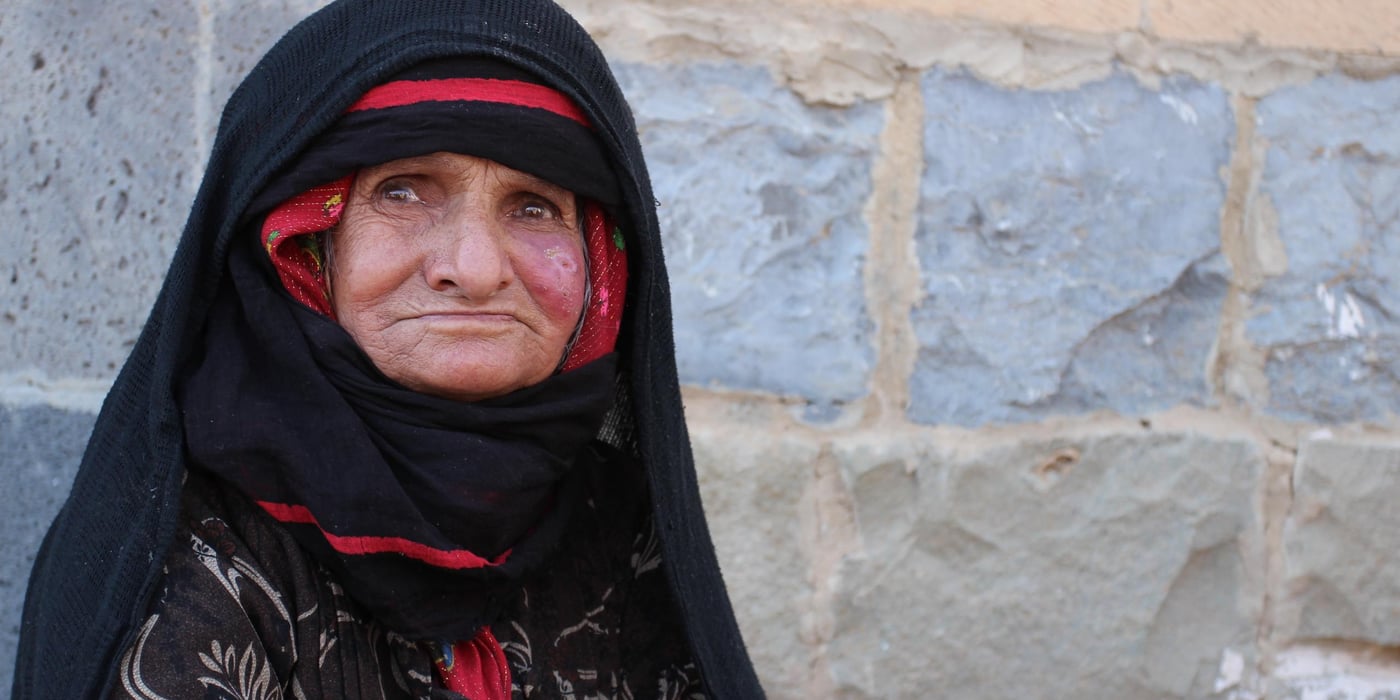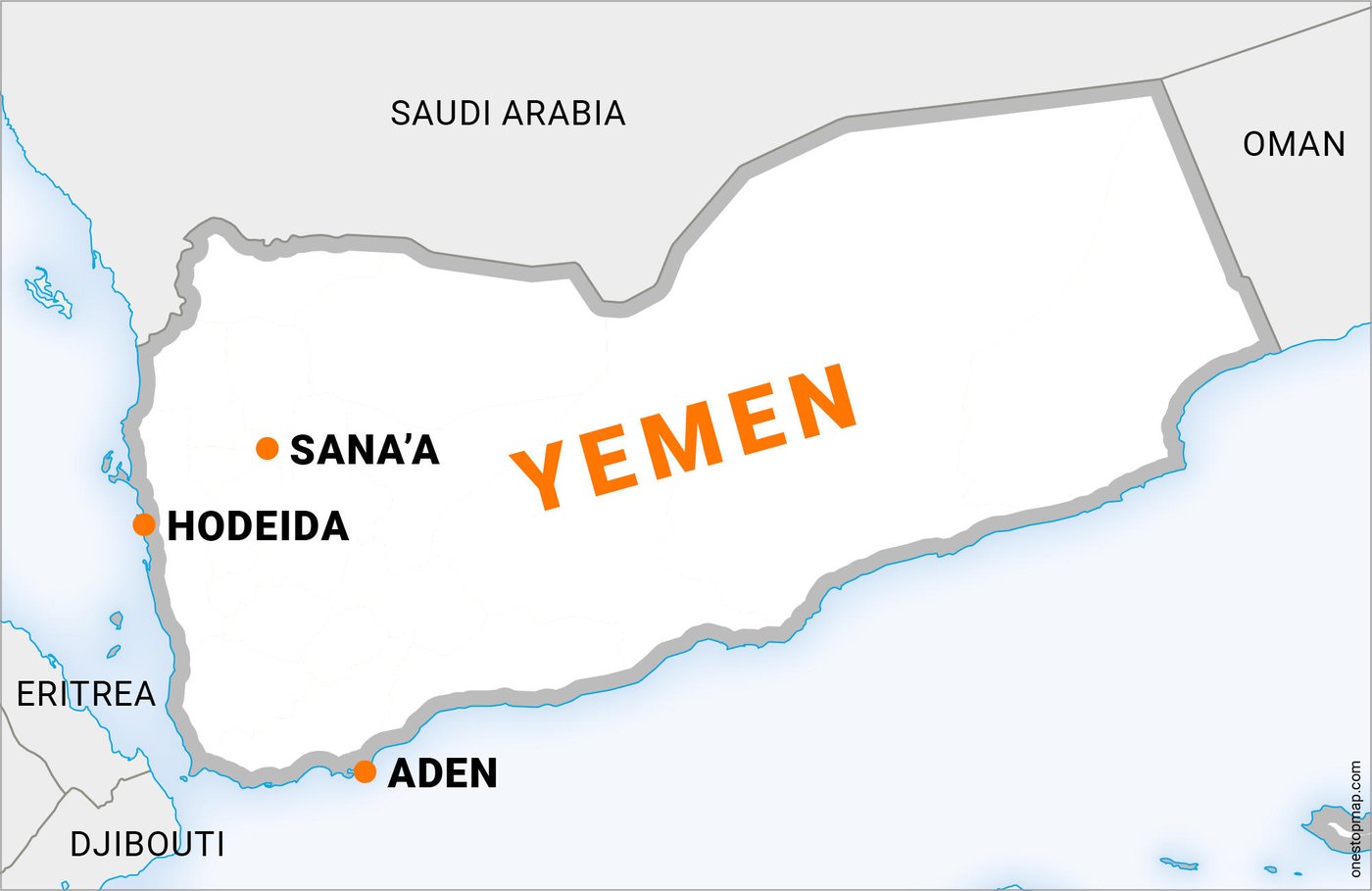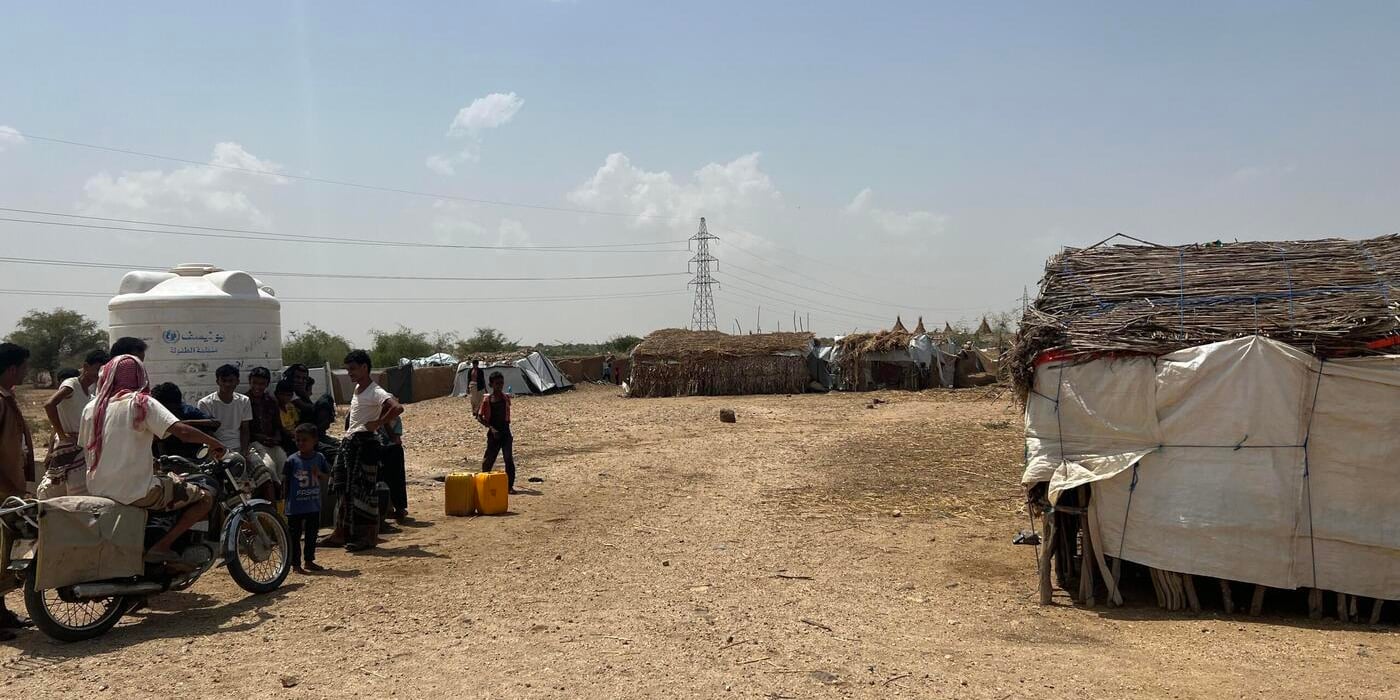
Through most of the twentieth century, Yemen, the poorest country in the Arab world, was split along north-south lines, initially as the subject of an agreement between the Ottoman and British Empires, and later as independent states. In 1990, the countries of North Yemen and South Yemen unified as one nation state under a government based in Sana’a.

2014: Rebels occupy the capital Sana’a
During the Arab spring of 2011, President Ali Abdullah Saleh was forced to resign after major street protests against unemployment, poverty and corruption. Vice President Abdrabbuh Mansour Hadi was given the mandate to succeed and lead Yemen for a transitional period that would steer the country towards elections.
Little went as planned, however and the conflict escalated in the fall of 2014 when the Houthis, a theological and political movement officially known as Ansar Allah, took control of Sana’a and advanced on Yemen’s southern governorates. The military advancement quickly the simmering conflict into a brutal war. President Hadi fled the capital, and has since had the support of a Saudi Arabia-led Coalition supported by the US, UAE, UK and various others who provide weapons and logistical support.
Local tribal conflicts have continued amid the bakdrop of the major conflict. Along with separatist movements and increasing lawlessness, this has created a power vacuum that has enabled militant Islamic groups to expand their operations.
Large parts of Yemen are now under the control of each group, leaving millions of Yemenis vulnerable to violence and insecurity. More than 60,000 Yemenis have been killed or injured as a result of violence, 1 million have been affected by suspected cases of cholera and 1.25 million left unpaid their usual government wage. Ongoing violence, economic deterioration and the blockade of vital ports has left more than 16 million Yemenis food insecure, and 8.4 million of them vulnerable to sliding into famine.
A UN report on children in armed conflict has named both Ansar Allah and the Saudi-led Coalition as responsible for grave violations against children. The UN claims that all parties to the conflict are hindering emergency assistance from reaching the civilian population and recently stated that the situation facing people in Yemen “looks like an apocalypse.”


